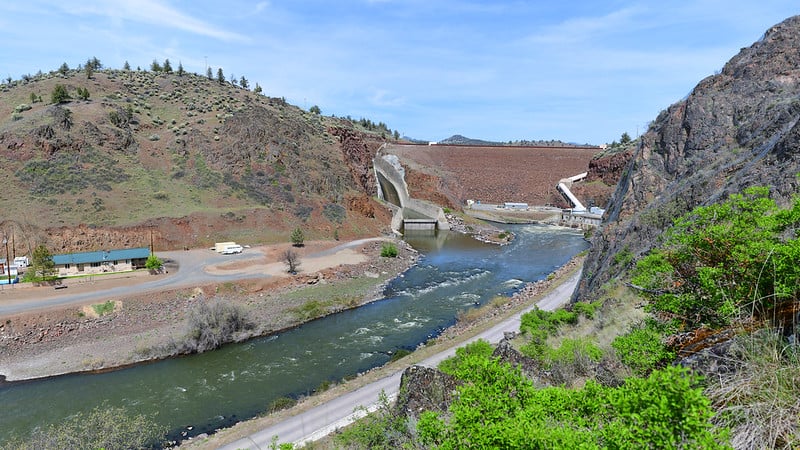Perspective on Klamath’s Reconnection

Photo: Scott Wright/Flickr
The removal of all dams on the Klamath River has made it the largest project of its kind in the world. While there’s still work to be done to help the river, and its fish, regain former glory, this is a monumental achievement for conservationists across the world. The final dam – the Iron Gate Dam – was recently removed, meaning the Klamath flows from Oregon to the Pacific Ocean, unimpeded, for the first time since 1911.
Brian Johnson, who works at Trout Unlimited and serves on the Board of Directors at the Klamath River Renewal Corporation (KRRC), wrote a letter detailing his experiences in seeing the Klamath flowing free for the first time since 1911.
“It is an astounding view. Iron Gate had been over 500 feet wide and stood as tall as a seventeen-story building,” Johnson wrote. “The farthest downstream of four Klamath barriers dismantled over the past year in the largest dam removal project in history, it had impounded a reservoir covering over 1,000 acres and more than 200 feet deep. From this point in the watershed, the dam had blocked anadromous fish from reaching a staggering 420 miles of spawning and rearing habitat.”
The letter is a personal look at how much this dam removal project means to so many people, and it does a great job of highlighting the good coming from the project. Despite the protests of some groups that the dam removal project is doing irreparable harm in the form of sediment discharges, scientists have found water quality to be more than fair for human contact. In fact, salmon and steelhead have continued to show up to the Klamath, even after the sediment from the dams was released into the river.
You can read the complete letter here.
Slipping Away
Ecosystem Based Fisheries Management











